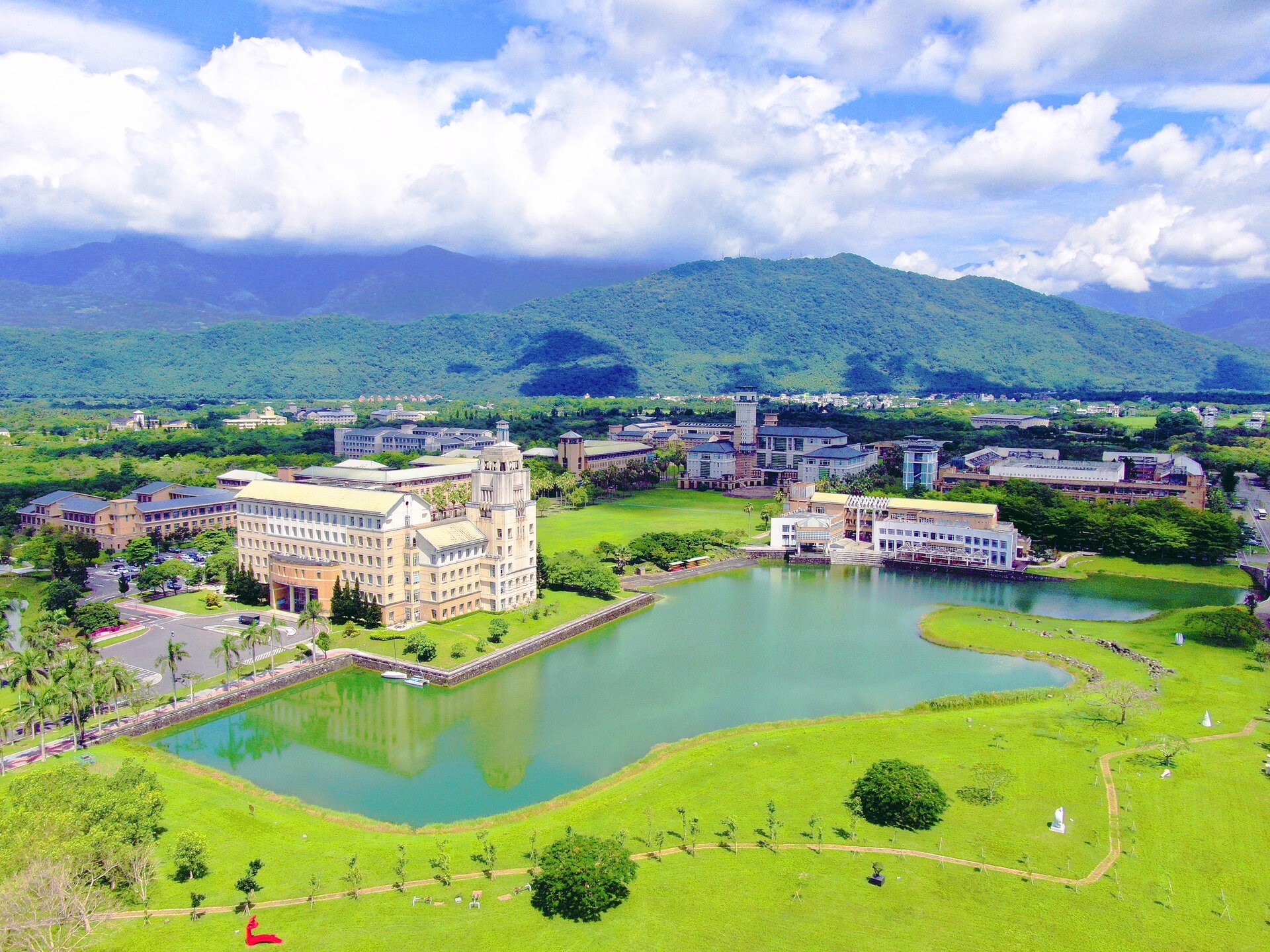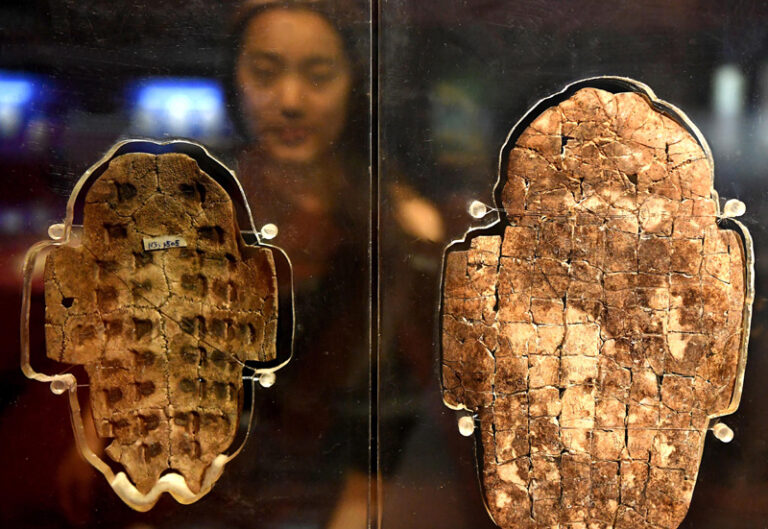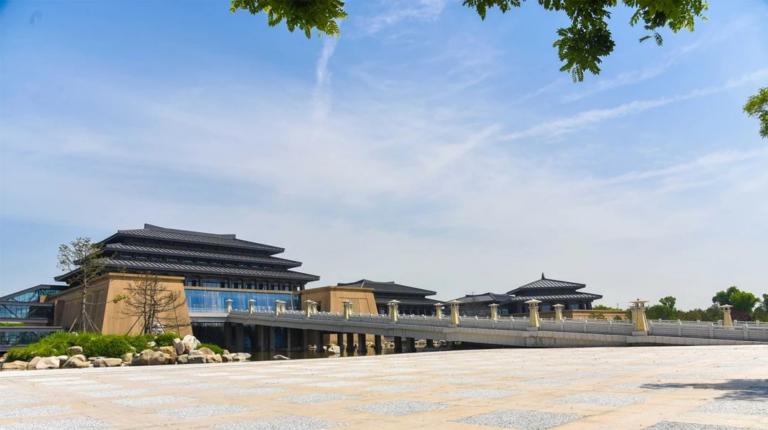
Donghua University Asia-Pacific Art Exhibition Presents Pacific Island Chain Culture
【Huang Xiaoqi Hualien Shoufeng】2024-03-21
Donghua University will hold the 6th Asia-Pacific International Symposium on Art and Humanities for three consecutive days starting from the 20th. It will specially plan the Island Chain Asia-Pacific International Art Exhibition to communicate with each other through multi-national creations and display the artistic efforts of Donghua teachers and students. Actively establish an exchange platform between Eastern Taiwan and the world in the fields of arts and humanities.
Pink oil paintings emphasize love that transcends gender, and collages of different materials highlight the creativity of crafts. “Pacific Wind”, a large-scale wood carving collection from Donghua Art Institute, represents the spirit of this international art exhibition. The cultural and ecological diversity of the Pacific island chain, including Taiwan, is connected through joint exhibitions by different artists.
Yu Huijun, curator of the Island Chain Asia-Pacific International Art Exhibition: “Because Taiwan is a very important island in the periphery of Asia, but there are many islands there. If one of them is connected together, that is the real culture. “
Ye Delin, a graduate student at Donghua University School of Art: “When we do research or create, we can’t do it alone. We still need to contact students and teachers from other places, so that you can innovate and develop.” Hualien. Shuiyuan
Elementary School kicked off the Asia-Pacific Art Symposium with a local Taroko dance performance. This year, scholars, artists and industry representatives from six countries including the United States, Japan and South Korea participated. The discussion topics were diverse. In addition to the diversity of ethnic groups in the east, there were also Emphasis on new topics in the contemporary humanities field.
Xu Xiuju, Dean of the School of Art at Donghua University: “The themes of this seminar include aging and the technology and AI we are talking about now. How can we use art to heal and let these people learn, so now there is This is called learning and healing, and everyone comes to learn art.”
In addition, in order to promote the exchange and cooperation of aesthetic education results among countries, this year’s symposium also planned 34 oral presentations and 25 poster presentations, and promoted Tung Hwa teachers and students artistic creation and expand the scale of the forum after the epidemic.

